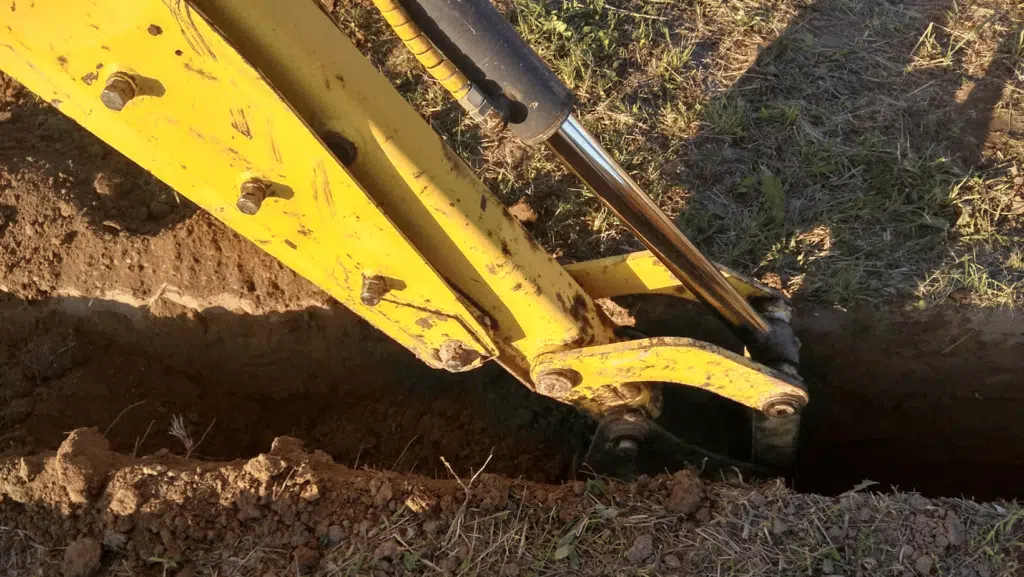Excavation of trenches for foundation is a crucial step in the construction process. Proper excavation ensures a solid base for the structure, providing stability and preventing potential structural issues. This blog post will explore the essential steps in excavating trenches for foundations, ensuring a strong and durable foundation for your building project.
How to excavate earthwork for a foundation trench
Excavating earthwork for a foundation trench involves the following steps;
- Site Preparation: Clear the area of any obstacles or debris that could hinder excavation. Mark the boundaries of the trench to ensure accurate digging.
- Establish Reference Points: Use surveying equipment to establish reference points and ensure the trench is dug to the desired dimensions and alignment.
- Excavation Equipment: Utilize appropriate excavation equipment, such as excavators or backhoes, to dig the trench to the required depth and width.
- Sloping and Benching: Depending on the soil conditions, slope the sides of the trench to prevent cave-ins. Alternatively, benching can be used by creating horizontal steps on the sides of the trench.
The process of excavation for the foundation
The process of excavating for a foundation involves several essential steps;
- Marking and Layout: Accurately mark the boundaries and layout of the foundation trench, following the architectural plans and measurements.
- Soil Testing: Conduct soil tests to determine its load-bearing capacity and assess any necessary modifications or reinforcements required.
- Excavation Depth: Dig the trench to the recommended depth based on engineering and soil reports, considering factors like frost line depth and local building codes.
- Bottom Leveling: Ensure the bottom of the trench is level and smooth, allowing for an even foundation base.
- Dewatering: If needed, implement dewatering techniques to manage groundwater levels during excavation to maintain a stable working environment.
How deep to dig a trench for the foundation
The depth of the trench for a foundation depends on various factors, including soil conditions and the type of structure being built. Typically, foundation trenches are dug to a depth of at least 1.2 meters (4 feet). However, it’s crucial to consult with a structural engineer or follow local building codes to determine the precise depth required for your specific project.
How is trench excavation done
Trench excavation involves a systematic approach, which includes the following steps;
- Clearing and Preparation: Remove any vegetation, debris, or topsoil from the excavation area.
- Digging the Trench: Utilize excavation machinery to dig the trench according to the marked boundaries, maintaining the recommended depth and width.
- Inspection: Regularly inspect the trench for any signs of instability, soil shifting, or water accumulation during the excavation process.
- Backfilling: Once the trench has been inspected and approved, backfill it with suitable materials in layers, compacting each layer properly to ensure stability.
Conclusion
Proper excavation of trenches for the foundation is essential for constructing a stable and durable structure. By following the steps outlined in this article, you can ensure that your foundation trenches are excavated accurately, providing a solid base for your construction project. Remember to consult with professionals and adhere to local regulations for a successful excavation process.
The Innovative World of Architectural Engineering offers further insights.






1 comment
Geocell Slope Stabilization in the Modern World
[…] is shifting, we face an issue, keeping slopes stable. Therefore, Maintaining the stability of slopes and embankments is vital to protect our infrastructure, communities, and the environment. That’s […]